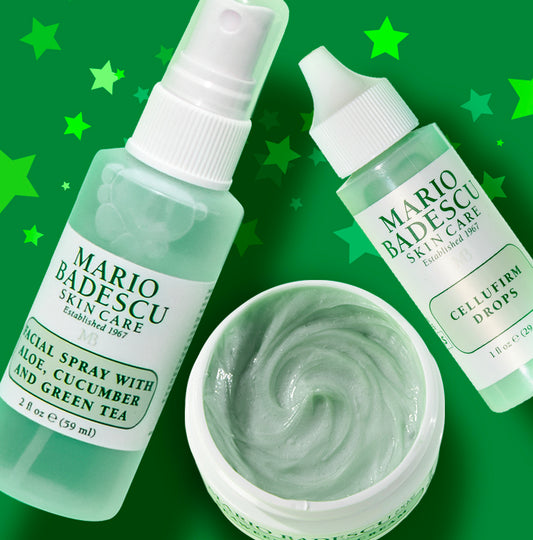Alphabet Lesson: Everyone needs to know the ABCDEs of spot-checking.
With skin cancer rates on the rise, it’s important to stay educated and aware of the latest information regarding skin safety. While it’s important to keep your skin protected during the day with sunscreen, it’s equally important to observe your skin regularly and keep an eye out for any changes that should be mentioned at your next visit to the dermatologist.* According to SkinCancer.Org, a head-to-toe skin check should be done monthly to watch for any changes to moles on the skin. Skin cancer is the most common cancer, affecting more than two million Americans each year. Fortunately, it’s also the easiest to treat with early detection. The most important thing is to learn how to check for skin cancer. Refer to the following guide and see what you should look out for while performing an at-home skin evaluation. While performing a self-evaluation is a great way to supplement your annual dermatology visit, it’s important to go for regular check-ups with a licensed dermatologist. This illustration shows how to spot check the skin step-by-step.
Now, for the ABCDEs of spot checking the skin:
A : Asymmetry – If you were to draw a line through the center of one of your moles and both sides don’t match or appear as mirror images, this is worth noting.
B: Borders – Uneven, scalloped, or notched edges should be paid attention to.
C: Colors – Having multiple colors, including brown, tan, black, red, blue, or any color, on a single mole is a warning sign.
D: Diameter – Typically those that are larger in diameter than the eraser on the tip of a pencil should be checked.
E: Evolving – Any changes in size, shape, color, or elevation should be discussed with a licensed dermatologist. Keep an eye out for moles that stand out for having an uncommon appearance when compared to your other moles.
There are three main types of skin cancer: melanoma, squamous cell carcinoma, and basal cell carcinoma. Each has a different appearance, so it’s important to use the ABCDEs to stay aware of any changes.
Additional safe-sun habits: Remember to wear sunscreen daily, year-round.
- Nearly 100% of non-melanoma skin cancers are attributed to exposure to UV rays from sun exposure and tanning booths.
- The sun’s rays can penetrate glass and reflect from sand, snow, and other surfaces, leaving your skin prone to even more exposure.
- Avoid the sun during the peak hours of 10 AM and 4 PM.
Arm yourself with knowledge and safe sun habits, and you can feel comfort in knowing you’re doing the best you can to maintain your skin’s health.
*This article is not intended to diagnose skin cancer or offer any medical advice. For health questions regarding skin cancer, consult with a licensed dermatologist.
…
What are some of your best sun protective habits? Share your advice below, so we can all stay armed and ready.




